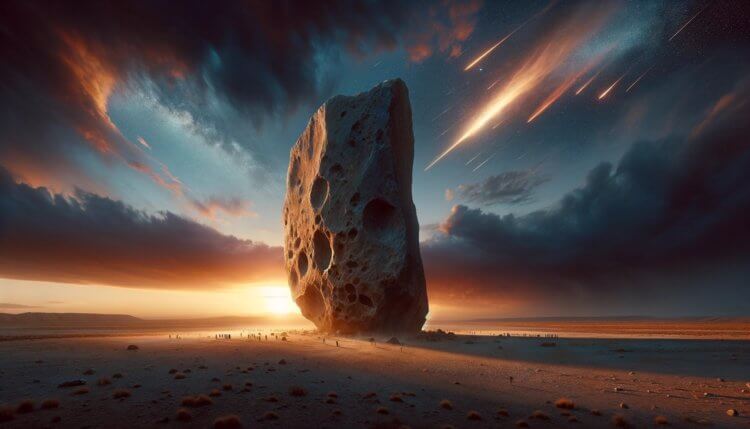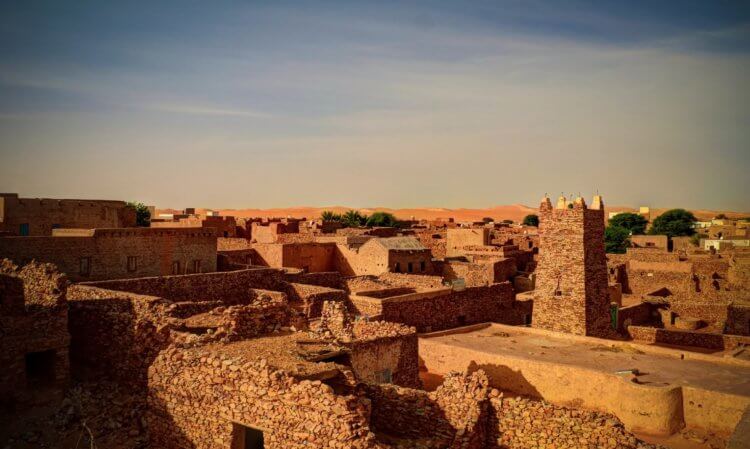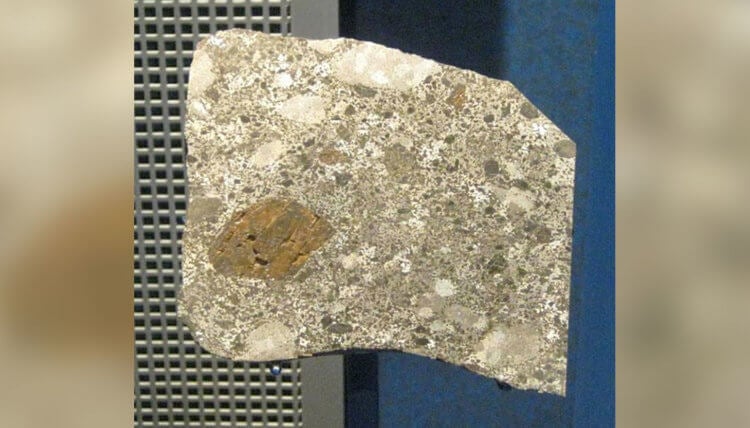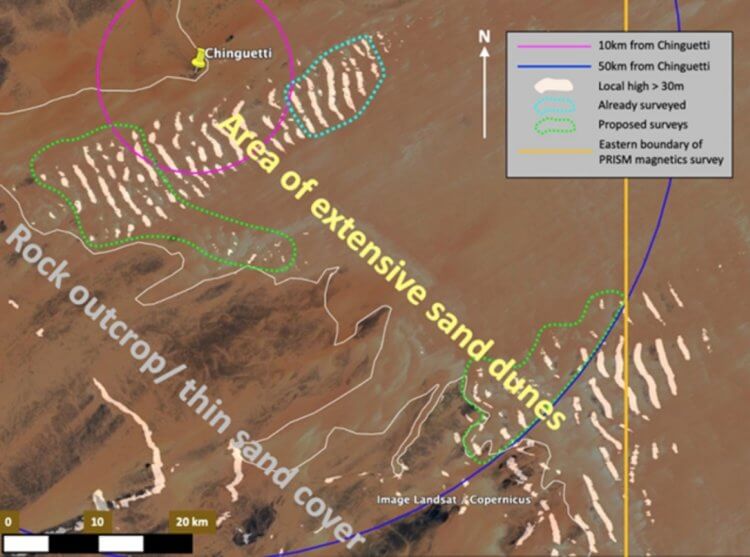Back in 1916, French consulate employee Gaston Ripert announced that he had found a huge hill entirely made of iron in the African Sahara Desert. According to him, the width of this unusual mountain was 100 meters – it is assumed that he stood on top of a huge meteorite that fell to Earth in very ancient times. The man could not remember the location of this space stone, because the leader of an African tribe took him to it, having previously blindfolded him. But Gaston Ripert was able to bring from there a stone-iron meteorite weighing 4.5 kilograms. For many years, scientists tried to find this huge meteorite, but the search yielded no results. Recently, the hunt for the space rock has been resumed using modern technology.

Somewhere in the Sahara Desert there may be a meteorite 100 meters wide
Meteorite in the Sahara Desert
The largest meteorite that has ever fallen to Earth, the existence of which scientists are still not exactly sure, was named Chinguetti. The name of the mysterious object was given in honor of the settlement of the same name in the country of Mauritania – a fragment of a huge meteorite was found 45 kilometers from it.

Chinguetti in Mauritania
For many years, scientists have tried to find the place where the iron stone fell, but no success has been noted. On the contrary, a study conducted in 2001 showed that the piece of meteorite brought by Gaston Ripert could not be part of a 100-meter space object. Chemical analysis of the material showed that its parent object had a maximum size of 1.6 meters. In addition, the fall of such a large meteorite should have left a huge crater, but it also could not be found.
Read also:Why some meteorites explode in the Earth’s atmosphere
< h2>The largest meteorite in the world
Did Gaston Ripert really deceive everyone or make a grave mistake? Today, scientists believe that it is too early to accuse the consular official of anything. It is possible that a huge meteorite the size of a mountain really exists.
The absence of a large crater in the Sahara Desert can be explained by the fact that the meteorite fell onto the surface of our planet at a low angle. In this case, there really may not be a deep hole in the ground.

Fragment of the Chinguetti meteorite
Difficulties in finding the Chinguetti meteorite may be due to a number of factors. Thus, the instruments used by scientists may not have been accurate enough to detect an iron object. Also, scientists could be looking for him in the wrong place, because Gaston Ripert's memories were vague – do not forget that he got to the place blindfolded. Moreover, over the past decades, the mountain could easily have been covered with a thick layer of sand.
Some scientists believe in the existence of the Chinguetti meteorite because Gaston Ripert said that there were “metal needles” on the surface of the mountain. He was most likely referring to Thompson structures, which are unusual patterns and structures that form on metal objects when cooled slowly over long periods of time. They were discovered only in 2003, so the French consulate employee could not have made them up.
You may be interested: Scientists have discovered traces of the oldest meteorite fall – they are 3.48 billion years old
Search for the Chinguetti meteorite
Today, scientists believe that they will be able to find the largest meteorite on Earth using a magnetometer. This is the name of a device that is used to measure the magnetic field or magnetic properties of materials, helping to determine their strength and location.
If a huge iron object lies somewhere in the Sahara Desert, it will definitely influence the magnetic field of our planets – scientists will be able to detect a magnetic anomaly. This is usually how scientists search for minerals. But in this case, a magnetometer can help solve a mystery that is more than 100 years old.

The map shows places where the Chinguetti meteorite may be located
It is important to note that 66.5 million years ago, a larger object fell to Earth – the Chicxulub asteroid, whose diameter is estimated at 10 kilometers. As a result of its fall, an impact crater with a diameter of 180 kilometers was formed on the Yucatan Peninsula in North America. The fall of such a large object caused a powerful explosion and such strong changes in nature that they led to the extinction of many species of animals – mainly dinosaurs became extinct.
Be sure to subscribe to our Zen channel so as not to miss important news from science and technologies. Also don’t forget about our Telegram channel!
Scientists are still studying the consequences of the fall of the Chicxulub asteroid and are finding new details. For example, in 2022 it became known that after this disaster an earthquake began, which lasted several months.